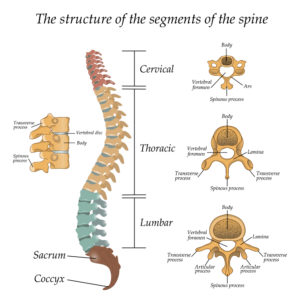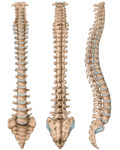 MSD, or musculoskeletal disorders, is a broad umbrella label for many types of aches and pains, and treatment is determined by the exact medical diagnosis. They fall largely into three types of problems. Upper limb disorders, Lower limb disorders and Back pain. Most cases can be satisfactorily dealt with by your Doctor. There are other alternative methods of treatment, such as through physiotherapists, chiropractors and osteopaths, that can be helpful in the assessment and treatment of these disorders.
MSD, or musculoskeletal disorders, is a broad umbrella label for many types of aches and pains, and treatment is determined by the exact medical diagnosis. They fall largely into three types of problems. Upper limb disorders, Lower limb disorders and Back pain. Most cases can be satisfactorily dealt with by your Doctor. There are other alternative methods of treatment, such as through physiotherapists, chiropractors and osteopaths, that can be helpful in the assessment and treatment of these disorders.
They are not always caused by work, but they are often aggravated by the work we do; where this is the case, there is a requirement for an employer to assess the cause and take remedial action.
Risk factors causing MSDs can be found in virtually every workplace where someone is using DSE or even any manual task. MSDs are only reportable if they lead to a major injury or result in an absence lasting more than three working days and should be reported as such normally.
There are a variety of precautionary measures an employer can take to reduce the risk of MSDs. The appropriate control measures can depend upon the work your employees do and what is ‘reasonably practicable’. The first step is to assess all of the MSD risks that the tasks generate. Next, try to eliminate as many of them as possible by redesigning the tasks, providing mechanical aids, and introducing breaks or job rotation.
When considering the risks, potential precautionary measures and solutions, ensure you consult your workforce as they often have first-hand knowledge of the risks associated with specific tasks. Once the precautionary measures have been introduced, you should monitor their effectiveness and ensure these measures have not introduced new risks. HSE has produced a number of publications that provide potential solutions that may help with your choice of precautionary measure, some of which are industry-specific.

Pingback: Risk Assessment are carried out in a standard 5 stages. The HSE has
Pingback: A hazard is anything with the potential to cause harm like a cutting machine